Honda Fit: Fuel and Emissions System Description - PGM-FI System
PGM-FI System
The programmed fuel injection (PGM-FI) system is a sequential multiport fuel injection system.
Alternator Control
The alternator signals the ECM/PCM during charging. The ECM/PCM then controls the voltage generated at the alternator according to the electrical load determined by the electrical load detector (ELD) and driving mode. This reduces engine load to improve fuel economy.
Air Conditioning (A/C) Compressor Clutch Relay
When the ECM/PCM receives a demand for cooling from the A/C system, it delays the compressor from being energized, and enriches the mixture to assure smooth transition to the A/C mode.
Air Fuel Ratio (A/F) Sensor
The A/F sensor operates over a wide air/fuel range. The A/F sensor is installed upstream of the warm up three way catalytic converter (WU-TWC), and sends signals to the ECM/PCM which varies the duration of fuel injection accordingly.
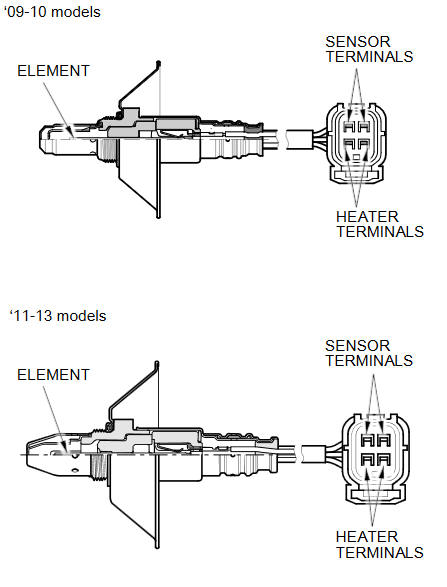
Barometric Pressure (BARO) Sensor
The BARO sensor is inside the ECM/PCM. It converts atmospheric pressure into a voltage signal that modifies the basic duration of the fuel injection discharge.
Camshaft Position (CMP) Sensor
The CMP sensor detects the position of the No. 1 cylinder as a reference for sequential fuel injection to each cylinder.
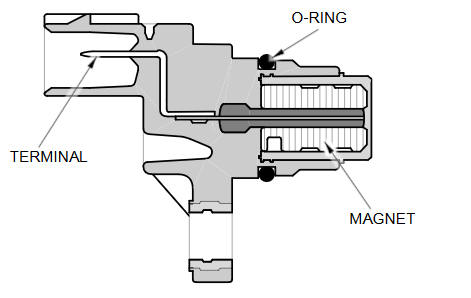
Crankshaft Position (CKP) Sensor
The CKP sensor detects crankshaft speed and is used by the ECM/PCM to determine ignition timing, timing for the fuel injection of each cylinder, and engine misfire detection.
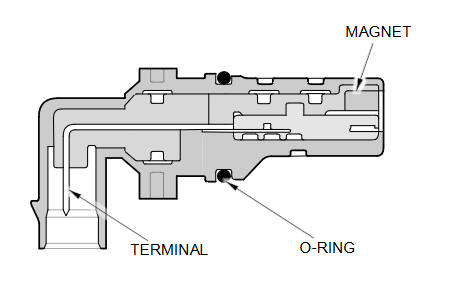
Engine Coolant Temperature (ECT) Sensors 1 and 2
ECT sensors 1 and 2 are temperature dependent resistors (thermistors). The resistance decreases as the engine coolant temperature increases.
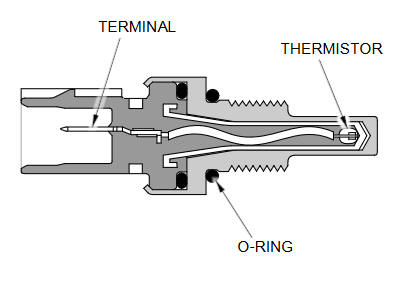
Ignition Timing Control
The ECM/PCM contains the memory for basic ignition timing at various engine speeds and manifold absolute pressures. It also adjusts the timing according to engine coolant temperature and intake air temperature.
Injector Timing and Duration
The ECM/PCM contains the memory for basic discharge duration at various engine speeds and manifold pressures. The basic discharge duration, after being read out from the memory, is further modified by input from various sensors to obtain the final discharge duration.
By monitoring long term fuel trim, the ECM/PCM can detect long term malfunctions in the fuel system and set DTCs (diagnostic trouble codes) if needed.
Knock Sensor
The knock control system adjusts the ignition timing to minimize knock.
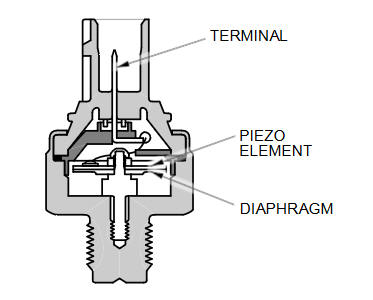
Manifold Absolute Pressure (MAP) Sensor
The MAP sensor converts manifold absolute pressures into electrical signals to the ECM/PCM.
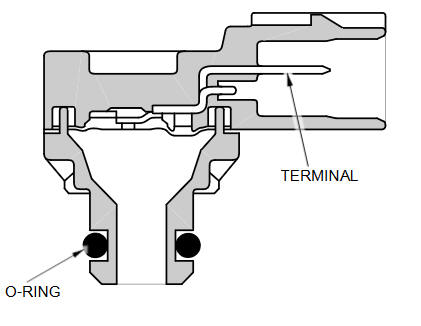
Malfunction Indicator Lamp (MIL) Indication (In relation to Readiness Codes)
The vehicle has certain readiness codes that are part of the on-board diagnostics for the emissions systems. If the vehicle's battery has been disconnected or gone dead, if DTCs have been cleared, or if the ECM/PCM has been reset, these codes are reset. In some states, part of the emissions testing is to make sure these codes are set to complete. If all of them are not set to complete, the vehicle may fail the test, or the test cannot be finished.
To check if the readiness codes are set to complete, turn the ignition switch to ON (II), but do not start the engine. The MIL will come on for 15пјЌ20 seconds. If it then goes off, the readiness codes are complete. If it flashes five times, one or more readiness codes are not complete. To set each code, drive the vehicle or run the engine as described in the procedures.
Mass Air Flow (MAF) Sensor/Intake Air Temperature (IAT) Sensor
The mass air flow (MAF) sensor/intake air temperature (IAT) sensor contains a hot wire, a cold film, and a thermistor. The sensor is in the intake air passage. The resistance of the hot wire, the cold film, and the thermistor changes due to intake air temperature and air flow. The control circuit in the MAF sensor controls the current to keep the hot wire at a set temperature. The current is converted to voltage in the control circuit, then output to the ECM/PCM.
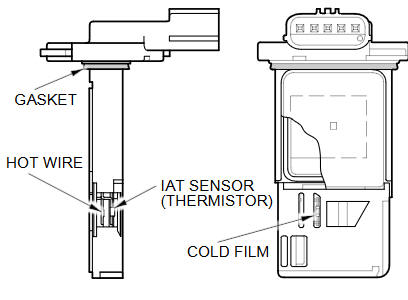
Output Shaft (Countershaft) Speed Sensor
This sensor detects countershaft speed.
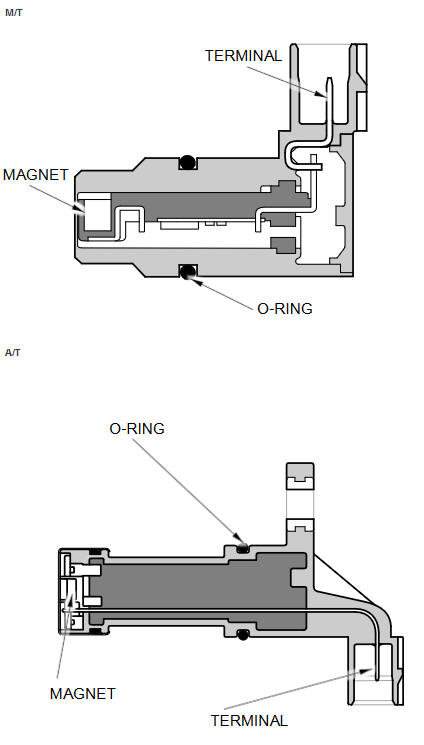
Secondary Heated Oxygen Sensor (Secondary HO2S)
The secondary HO2S detects the oxygen content in the exhaust gas downstream of the three way catalytic converter (TWC), and sends signals to the ECM/PCM which varies the duration of fuel injection accordingly. To stabilize its output, the sensor has an internal heater. The ECM/PCM compares the HO2S output with the A/F sensor output to determine catalyst efficiency. The secondary HO2S is installed upstream of the under-floor three way catalytic converter (TWC).
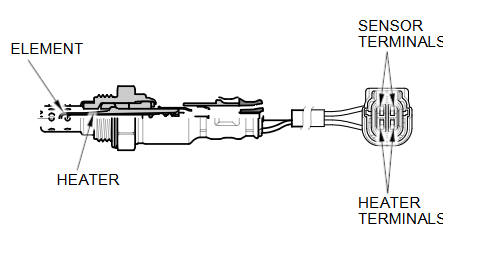
See also:
Key Types and Functions
This vehicle comes with the following keys:
All of the keys have an immobilizer system. The
immobilizer system helps to protect against vehicle
theft.
The keys contain precision electronics.
Ad ...
Language
INFO button
► Setup ►Other
►Language
Set the system language used on all screens. You can choose from three
languages:
English, Français (French), Español (Span ...
Auxiliary Input Jack
U.S. Sport and all Canadian models
The auxiliary input jack is underneath the accessory power socket in the center
pocket. The system will accept auxiliary input from standard audio accessories.
...
